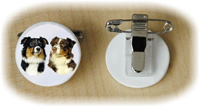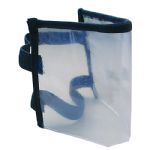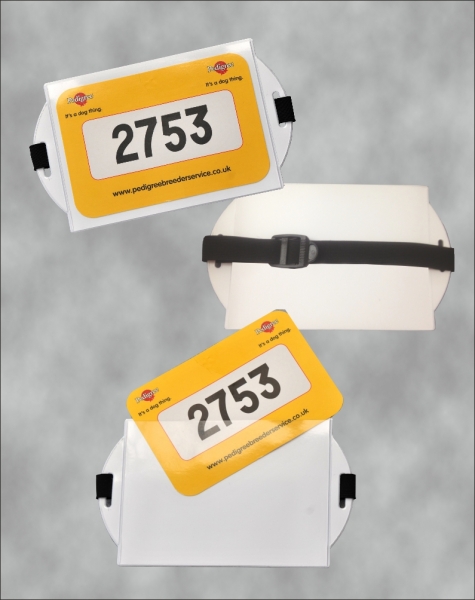Which class to enter?
You pick up your first schedule for a dog show and your new puppy is old enough, but what class should you enter? There are often hundreds of classes at an Open show and even more at a Championship show. but only a handful will be applicable to you and your dog.
If you enter online, then they will only give you the choice of classes you are eligible to enter but looking though a schedule can be daunting.
Breed/AVNSC classes
If your breed has separate classes, this is where you should make your first entry, otherwise you will need to enter Any Variety Not Separately Classified (AVNSC). There could be mixed sex classes or separate classes for dogs and bitches, so read carefully.
Enter the lowest class you can enter, so with a puppy, look for Puppy or Junior, if your starting to show an older dog, look for graduate or post graduate. The full definition of classes will be in the schedule or can be found on the Kennel Clubs Website from page 37 here.
Don’t get too excited and put a 6 months old puppy into a class where he could be up against older dogs. Also consider that you pay for the judge’s opinion, so if you want to do more than one class, look at the variety classes where it’s likely to be a different judge.
Variety and stakes classes
There will be variety or stakes classes for any breed of dog to enter at most shows. They are excellent practise for showing against other breeds. The classification of classes will be similar to that in the breed classes.






